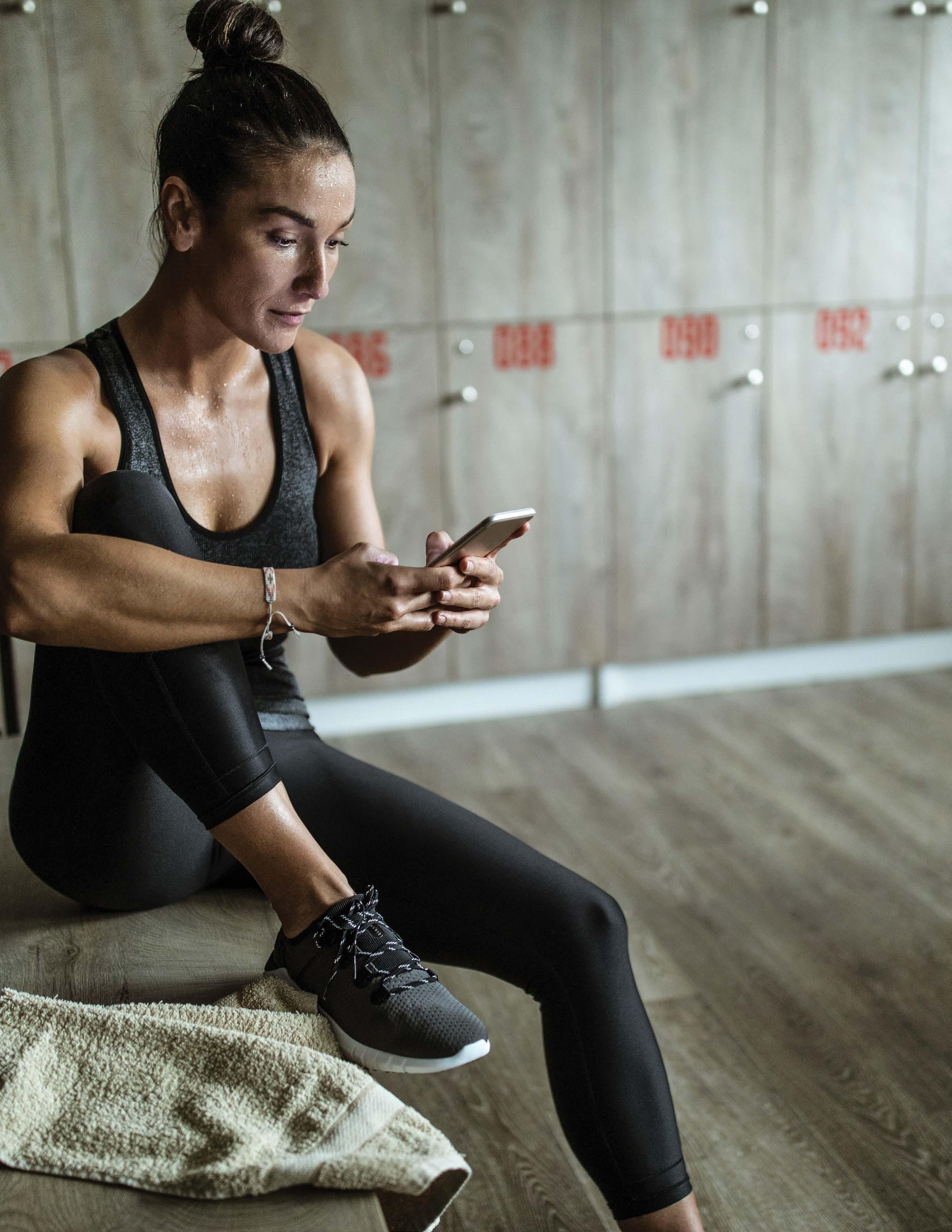
11 minute read
Under The Skin
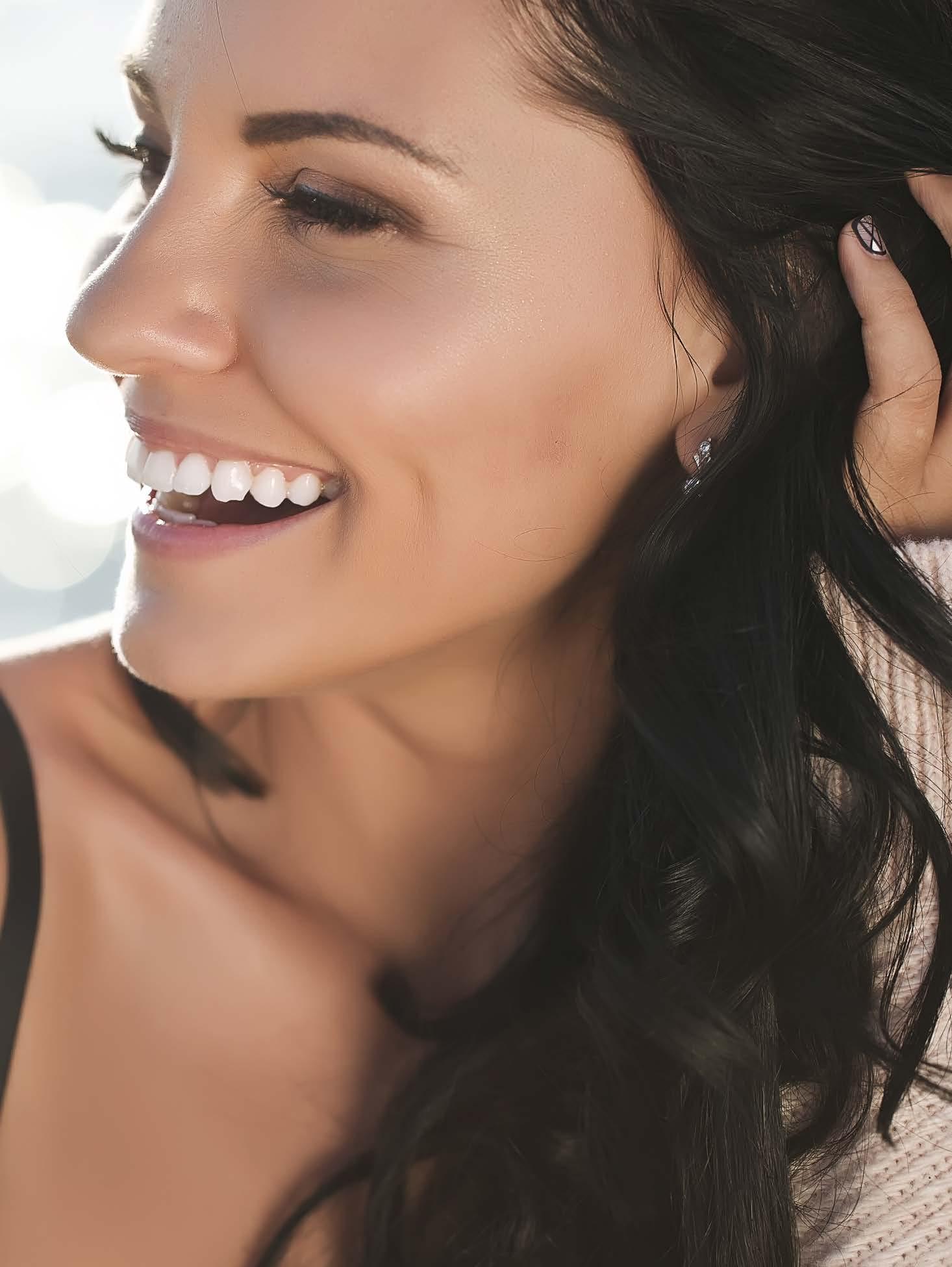

Advertisement

Feel like you’re in a losing battle against acne, dry skin and blotchiness? You’re not alone. Writer Rachel Debling explores a plethora of common female skin issues, and puts her own skin under a magnifying glass to get to the root of it all.
After waiting for what seemed like hours in the sterile, impersonal examination room, I couldn’t help but hold my breath as the physician finally opened the door to greet me. I had expended so much energy over the previous five months trying to hope away the infection that had crept onto my forehead (by this point the imposing size of a halved golf ball) that I was almost relieved by the doctor’s initial, though blunt, prognosis.
“Well,” he said, crouching until our faces were mere inches apart and focusing his gaze squarely at the spot above my left brow. “That’s quite the abscess.”
Thank you, Doctor Obvious. Like many women my age – a proud 35 – I had hoped that my adolescent skin troubles would dissipate with age, leaving me with at least a decade of luminous, dewy skin until the inevitable wrinkles settled in.
As it turns out, my skin had different plans. From the aforementioned zit gone wrong to a dark patch that appeared over my upper lip (decidedly different from the fuzzy patch I’d been religiously tweezing every week), my skin issues have increased steadily in severity over the past few years – and I know I’m not alone. Are hormonal changes to blame? Do I need to tweak my diet? Is my workout schedule at the core?
So I turned to the experts for insight into some of the most burning (literally and figuratively) dermis questions I could think of, and walked away with what I feel is a brighter, clearer picture of what is really is going on.
SKIN SOS: REDNESS AND BURNING
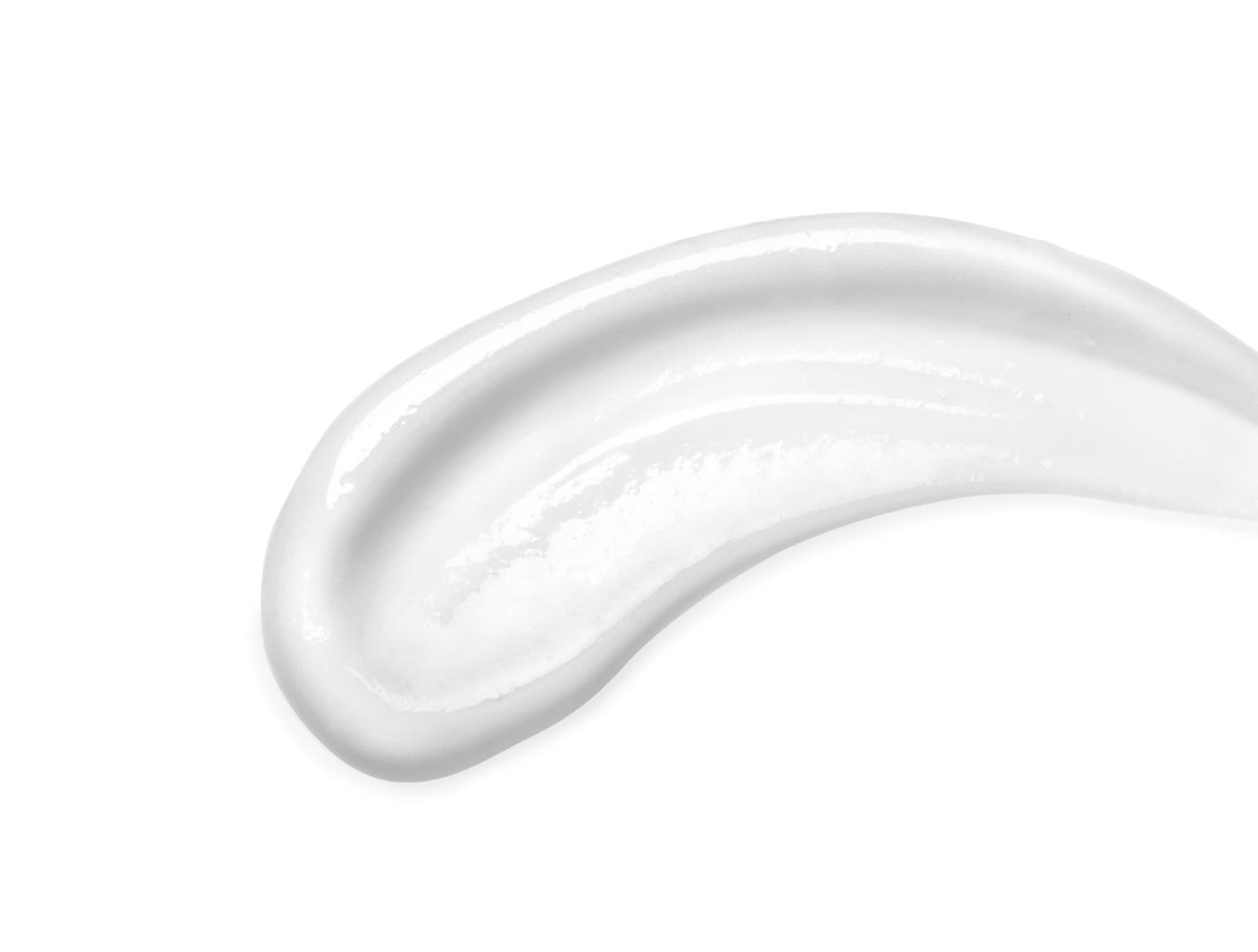
I used to haphazardly interchange the terms ‘rosacea’ and ‘eczema’ until I spoke with dermatologist Janet Prystowsky. Though both conditions irritate the skin and cause redness, rosacea only occurs on the face, and as it frequently involves inflamed pores, is somewhat related to acne. (Plus, she notes, eczema itches whereas rosacea doesn’t.) The one thing they do have in common is that they are spurred by the weather – rosacea by the sun and eczema by cold, dry climates. But that doesn’t just mean that anyone who encounters a cold breeze is susceptible.
“Classical eczema is an immunologic condition that affects the whole skin surface,” she explains. However, dry skin eczema is a different type of the same condition caused when the stratum corneum (Latin for ‘horny layer’) and the outermost level of skin become parched from a dry air environment.
Rosacea, on the other hand, is a rash that can resemble acne or flushing of the skin, often accompanied by an uncomfortable sensation of warmth, explains dermatologist Ashley Wentworth. Those who suffer from rosacea can come to recognise their lifestyle and diet triggers that may contribute to flare-ups. The list of the most common culprits reads like a Who’s Who of vices: spicy foods, alcohol, chocolate and even exercise.
The best way to determine if your dry, irritated skin is, well, just a case of dry skin is to see your doctor. A diagnosis of eczema or rosacea may be accompanied by a prescription (antibacterial or anti-inflammatory topical, oral antibiotic, or even laser treatments), or a recommendation to avoid some of the aforementioned foods and activities. If it turns out your condition is just a case of arid epidermis, the solutions are a bit simpler – but by no means easy.
WORKOUT TO GLOW UP?
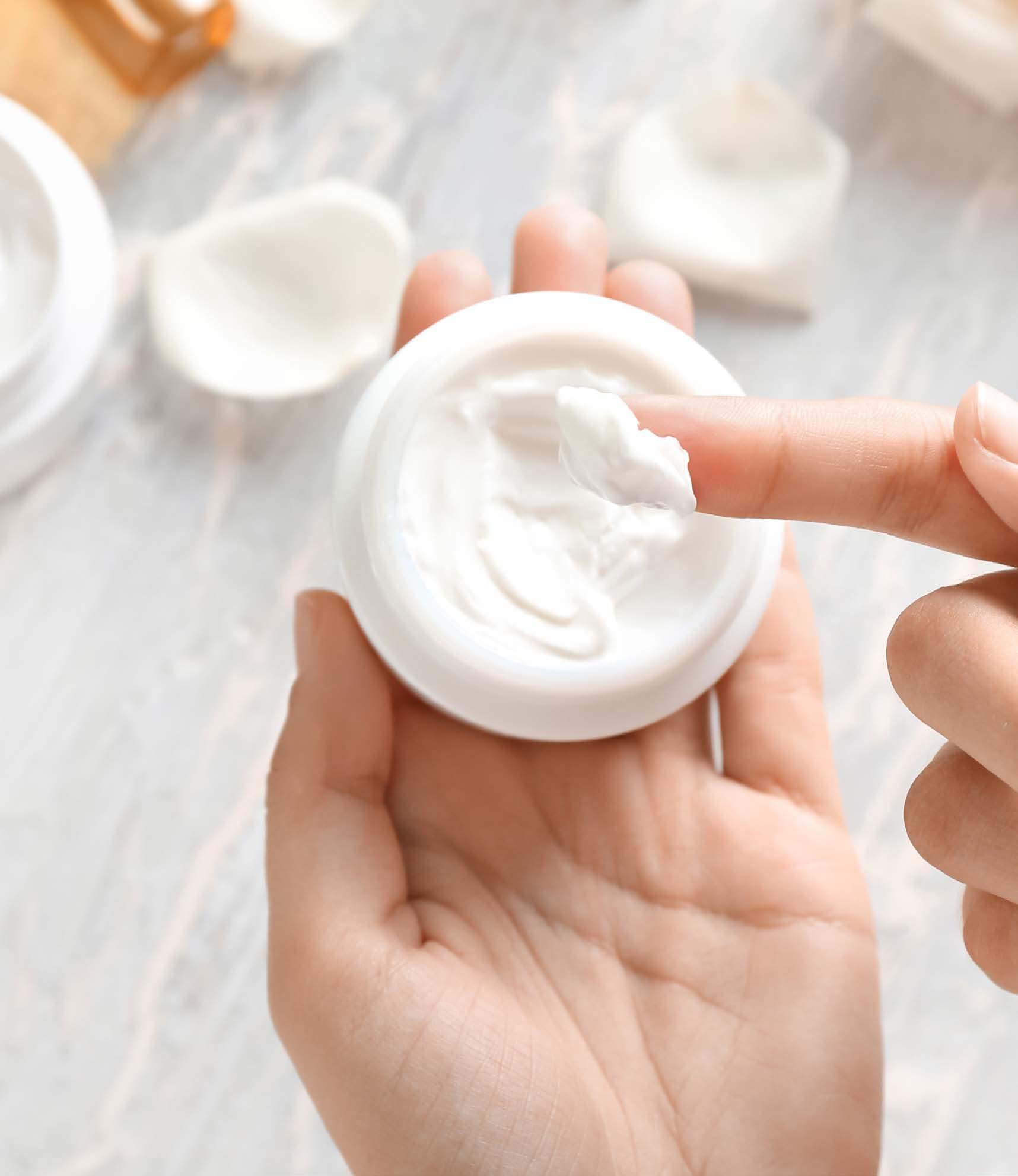

Does the ‘exercise glow’ exist? Not in any permanent way. Though you may feel radiant after going for a run, Prystowsky says she hasn’t seen any research that indicates exercise directly benefits the condition of the skin. In fact, both she and Wentworth agree that exercise can damage or weaken the skin if you aren’t prepared for the environment in which you are sweating.
“Outdoor exercise without proper sun protection (wide-brimmed hat, sunscreen, long-sleeved clothing) increases the risk of skin cancer and may contribute to photoaging,” Wentworth notes. Of course, since working out does contribute to overall health, over time your skin will likely receive some positive side-effects.
GYMTIP
Always wipe down equipment before use to avoid transferring germs to your skin.
SKIN SOS: DRY, FLAKY SKIN


When I was posing my questions to Prystowsky, it was the dead of winter and I was tired of another season of scaly elbows and bleeding knuckles. For many, this unfortunate skin scenario isn’t relegated to the colder months. And flakes and cracks in some of the most offending areas (mostly around joints, such as your heels) may be indicative of a more serious issue, such as a persistent fungus or type 2 diabetes, and require the intervention of a doctor. However, dry skin is more often related to lack of hydration – but not in the way you may think.
The aptly described ‘horny layer’ of skin is actually comprised of dead skin cells and tends to crack and peel due to a loss of elasticity when it dries out, notes Prystowsky. Even worse, this cracking will expose the living layer of skin cells, the epidermis, causing its cells to die. But the destruction doesn’t stop there: below the epidermis is the dermis, and the dermis doesn’t appreciate a lack of hydration any more than its more superior layers. It responds – as many of us do when provoked – by becoming red and irritated.
“The key to keeping the stratum corneum well hydrated is to prevent evaporation of the moisture out of the cells and into the air,” Prystowsky says. Evaporation-preventing lotions and salves such as Vaseline are among Prystowsky’s recommendations. Though heavy creams can be helpful, they’re of temporary help.
Unfortunately, and despite what many purported health experts will tell you, simply drinking more water isn’t the way to supple, vibrant skin. The best thing to do is trust your gut. “Drink enough water to satisfy your thirst,” Prystowsky advises. Instead, if you are victim of the occasional flaky patch, using a nonirritating, soap and fragrancefree cleanser can keep your skin looking smooth and polished. And when you go to rinse, watch the temperature – a warm, quick wash will be gentler on your sensitive skin than a steaming bath or super hot shower.
SKIN SOS: DARK SPOTS AND PATCHES
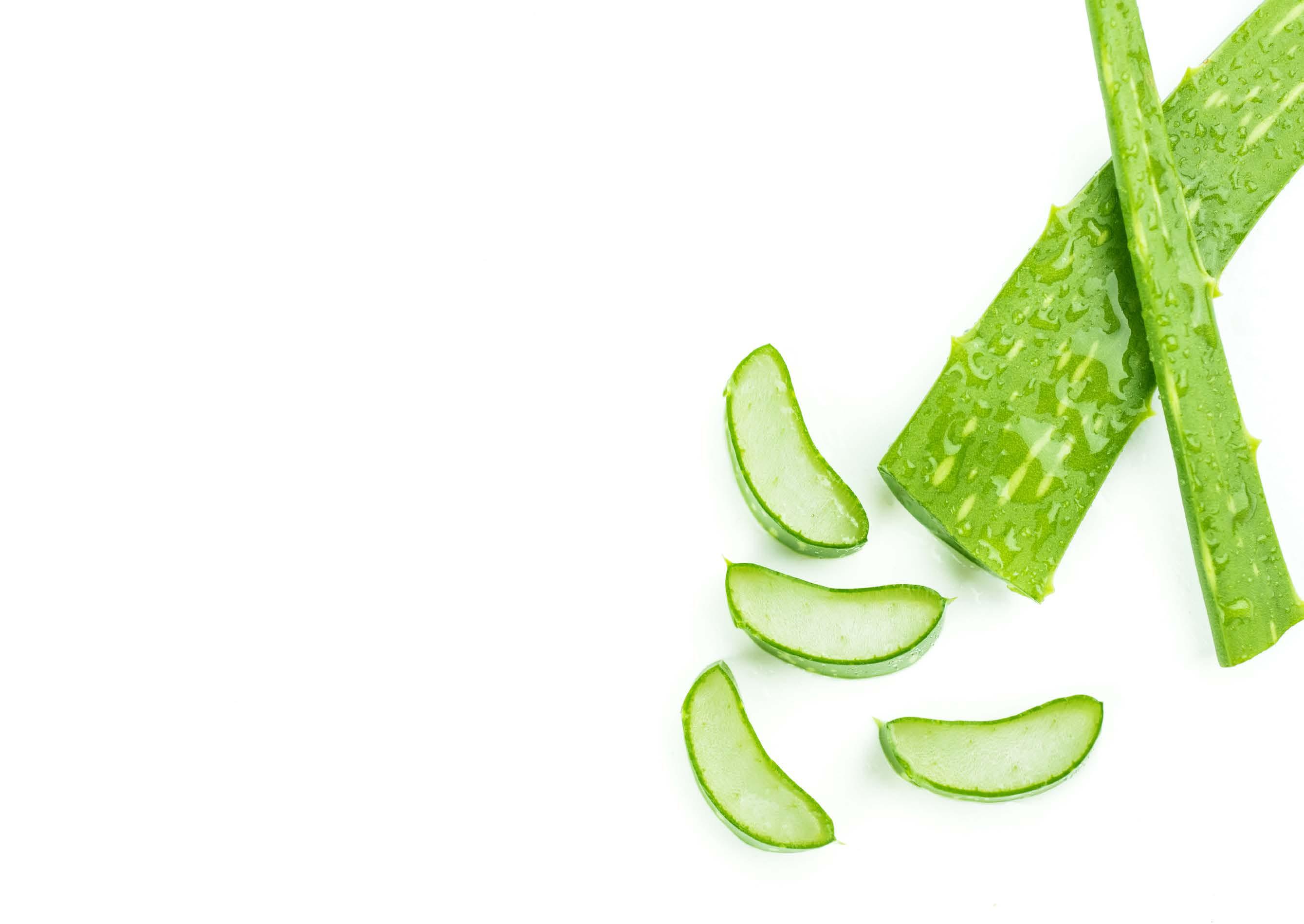
Over the past few years, I have jumped from one birth control method to the next like a cat on a hot tin roof. It began when, in an attempt to distance myself from taking a pill every day, I looked into alternative methods.
After a short period of time on a hormonal IUD, I developed a peculiar dark streak of skin above my mouth like a moustache, which persisted despite throwing dozens of expensive creams and serums at the problem. After a year of trying everything I could think of, I ditched the IUD and opted for another method containing a different mix of hormones (it didn’t help, and I abandoned the birth control ship altogether).
When I described my situation (which has thankfully cleared up in the months following the ordeal) to Prystowsky, she provided cautious confirmation of what I had suspected. “While I can’t give you a diagnosis, it may have been a melasma reaction,” she wrote. My research had shown that many of the same hormones that circulate the body during pregnancy – most notably progesterone – lead to melasma, the dark splotchy patches usually found on the face that are commonly known as ‘the mask of pregnancy’. This condition is exacerbated with UV light, making exposed areas, such as the upper lip, especially vulnerable – another great reminder of the importance of sun protection.
Though many young women are prescribed birth control to help clear up their skin, the exact opposite can happen for others. The only way to help in these situations, says Prystowsky, is removal of the birth control method, which will help the patient get back to their pre-prescription skin condition.
SKIN SOS: OUT-OF-CONTROL PIMPLES
A 2018 study of more than 1,100 dermatology clinic patients found that female patients were more likely to complain of acne, with nearly 30 per cent of those people experiencing ‘late-onset’ acne – acne that flared up later in life – which is exactly what I had been experiencing.
The American Academy of Dermatology (AAD) names several possible catalysts for later-in-life acne, including stress, family history, and fluctuating hormone levels. Unfortunately, pimples associated with this variation of the condition may be bigger and deeper than those experienced during your teen years. As in my case, it can sometimes develop into something more dangerous than a simple pus-filled pimple.
“Once an acne lesion gets sufficiently inflamed, the outer skin layer breaks down and there is a small wound,” Prystowsky explains. Patients may be tempted to pop or poke the offending pimple (guilty) and, while there is a certain satisfaction in a successful squeeze, it opens your skin up to trouble. “These actions increase the risk of the pimple getting secondarily infected with staph or even MRSA (a germ resistant to common antibiotics), which can lead to abscess formation,” adds Prystowsky. Oral antibiotics, such as the ones prescribed to me several weeks ago (spoiler alert: they worked), are usually required to remedy the situation. The best ways to avoid breakouts will vary from person to person, and may require the help of a dermatologist, but there are certain basics you should follow throughout every stage of life: avoid going to bed with makeup on, restrain from touching your face,
and eat fewer dairy- and
carbohydrate-rich foods, which have been shown to trigger acne in certain portions of the population. 50 % of adults in their 30s experience acne .
SKIN SOS: BODY RASHES

One of the worst side-effects of exercise is not sweat, it’s what that sweat can cause; especially when it pools around crevices and cracks in your skin, such as around the straps of your bra, armpits, navel and groin.
“Usually the chafing is from rubbing skin that is over hydrated from sweat,” explains Prystowsky. “I recommend changing the outfit or rotating different styles to decrease repetitive rubbing in the same skin areas.”
Less easy to cure, exerciseinduced urticaria manifests itself as hives or welts on the body and is sometimes accompanied by other symptoms such as a stomach ache or headache. And though doctors are still debating what exactly causes it, the only way to treat it is to stop doing what you were doing (you guessed it, exercise). It’s a condition that seems to be associated with sweat and moisture around the skin, so choosing the method and location of exercise may help a sufferer avoid symptoms; for example, avoiding outdoor exercise when temperatures rise.
Though I would by no means claim that my skin now has the glowing, dewy quality my teenage self had always dreamed of, I can say I’ve walked away from my months of skin struggles with a greater appreciation for my ‘normal’ complexion. Sure, it’s a little spotty, and certainly erratic in its response to stimuli, but its propensity for oil production has kept me relatively wrinklefree for close to four decades. Plus, I no longer have an infection nearing the point of sepsis just inches from my brain. I think you’ll agree, I can consider that the biggest win of all.
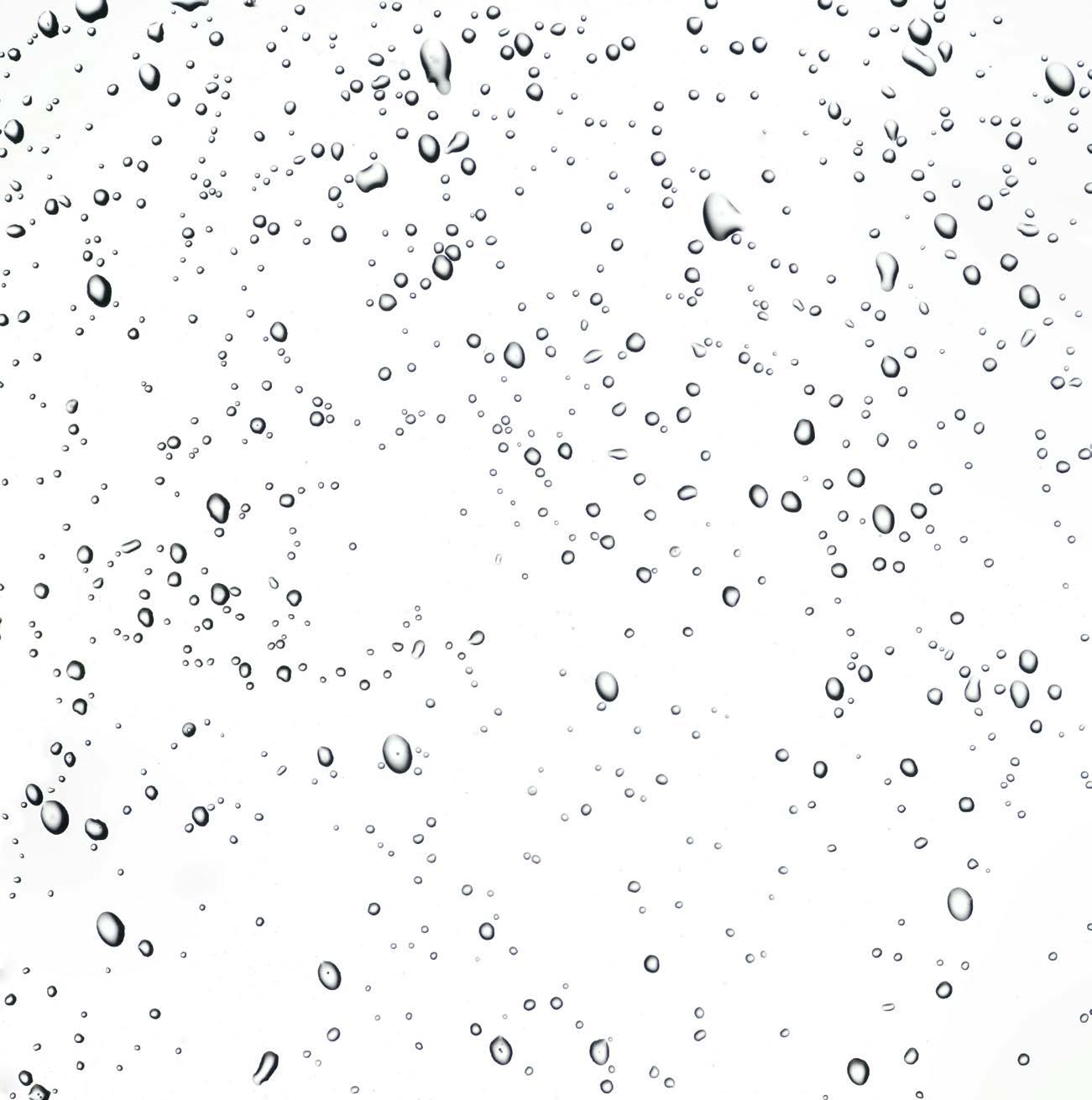
BEING PROACTIVE You may have heard it’s never too early to start skin treatments such as serums and salves. However, other, more intense therapies that are applied in a doctor’s office setting should be approached with caution. Lighter-skinned patients may benefit from adding peels and lasers to their skincare regimen in their 20s and 30s, says Prystowsky. Those with tanned skin or those of Asian descent may not require the extra help until well into their 40s or 50s, and patients with African or Indian heritage may never need these types of stronger treatments. Of course, every case is different and your family history and gene expression play a huge role in how your skin will develop over the years. It’s always best to lean on the advice of your doctor when trying to determine what is right for you and your complexion. S
STRONG FITNESS MAGAZINE
Join our STRONG Australia Community
